Scotch Categories
let’s begin
It seems to be a common occurrence in TV shows and movies that a character will ask a bartender for a “scotch” and immediately be given a tumbler of some unidentifiable golden liquid. So what are the Scotch category definitions?
What the writers of these shows must not understand is that Scotch encompasses many different types of drinks. It is a category with lots of subcategories, not to mention the thousands of different brands!
So to bring a little bit of light to the name, here is a run down on the most common subcategories of scotch!
1. Single Malt
Perhaps the most well known category besides Blended Malts is the Single Malt. This is a maltcontaining only one grain, legally required to be barley in Scotland, and made at a single distillery. Malting means the grains have been soaked in water, allowing them to germinate and are then dried with hot air. This encourages the productions of enzymes that change starches into sugars. There are many different regulations surrounding the production of Single Malt, including that it must be made from malted barley at a single distillery, distilled in pot stills and has to be aged in oak barrels for at least three years. Phew! Those are some very specific regulations! But they all go into making sure the single malt you buy is consistent and of good quality!
Examples: Glenfiddich, Laphroaig, Lagavulin
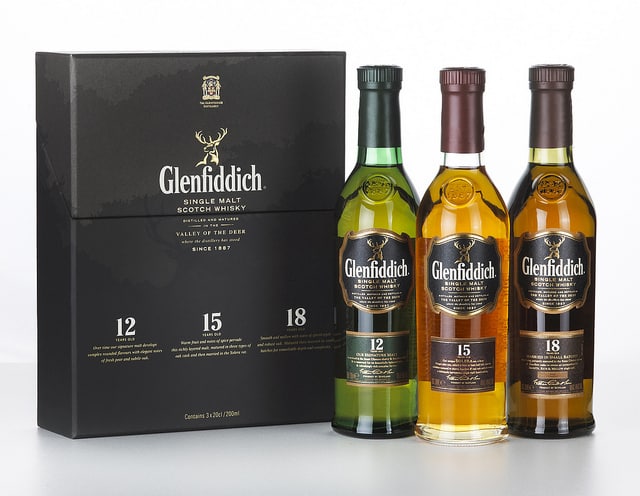
2. BLEND
Blended Whisky is the biggest selling category of Whisky across the globe and accounts for the majority of malt made in Scotland. This is basically what it says on the tin. A blended Scotch is a combination of different malts from different distilleries. It is typically made from grain Whisky but does include malt Whisky to give it a more complex body. Malt is fuller in flavour than grain whiskies but grain whiskies are cheaper and more efficient to produce. Blends bring the two together, and create a wonderful combination of them. Like Single Malt, blends must be matured for at least three years before it can be legally called Blended Scotch.
Examples: Ballentine’s, Johnnie Walker, Haig
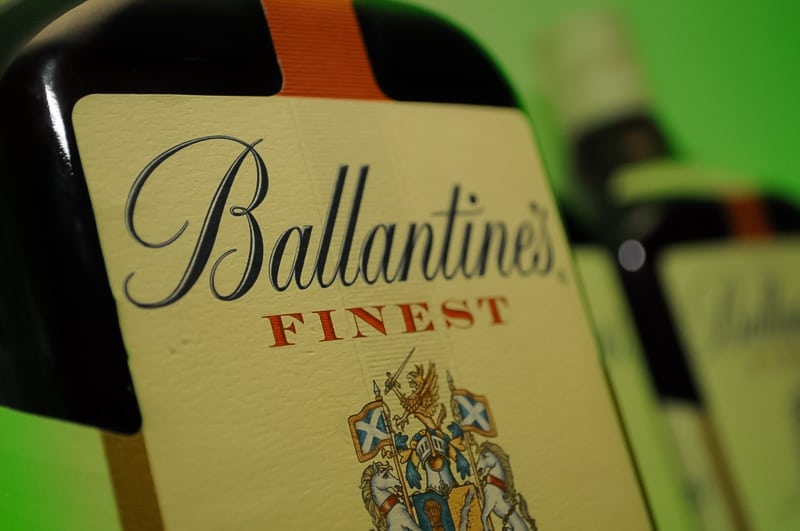
3. Blended Malt
This type of Scotch isn’t very common and is easily confused with Blended Whisky. The two are similar in that they are both a combination of different whiskies from different distilleries, however, unlike a blend, blended malt can only be made from barley. It is sometimes referred to as “vatted” or “pure” malt, a nod to the process of blending and the strict “only malt allowed” definition.
Examples: Johnnie Walker Green Label, Monkey Shoulder
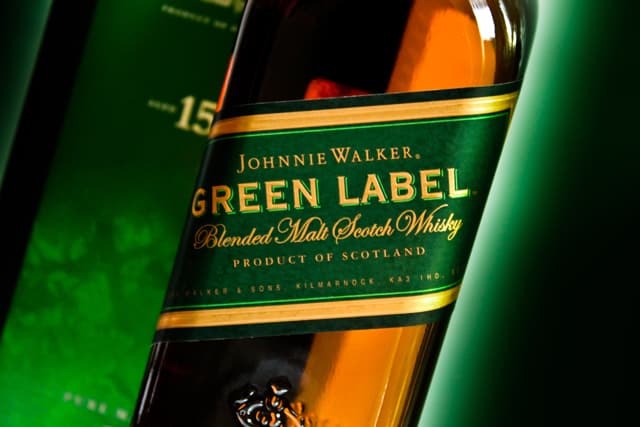
4. Grain
This is whisky made from grains other than barley, usually wheat, maize or rye. This type of whisky tends be slightly less flavourful than malt and as such is usually combined with malt in the making of blends. Like malt, grain whisky can be bottled as either single grain, if it is from one distillery, or blended, if it is from more than one distillery. Grain whiskies are mostly produced in a column still and are bottled at a higher ABV (Alcohol by Volume).
Examples: Cameron Brig, Girvan Patent Still, Compass Box Hedonism
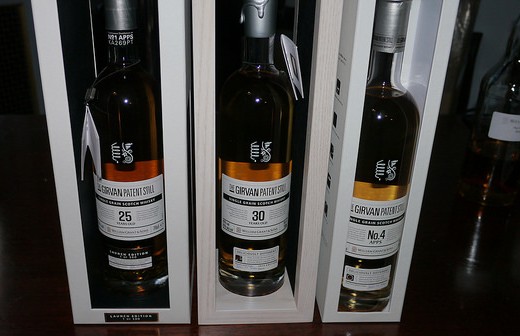



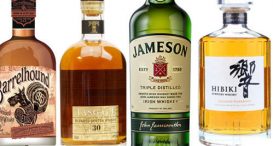

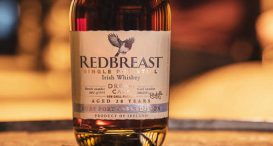




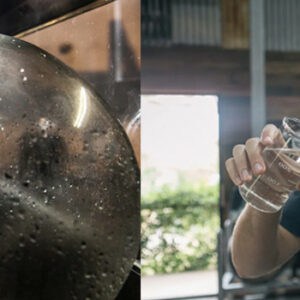
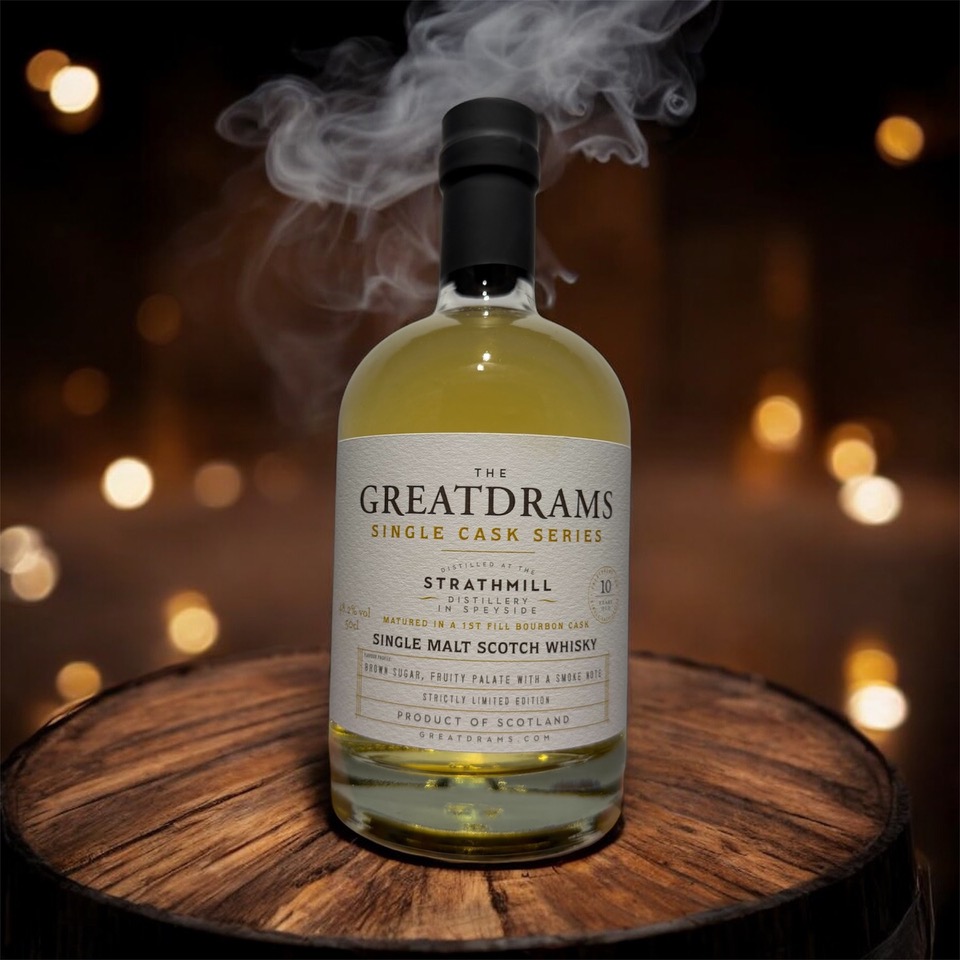



2 thoughts on “Scotch Categories”